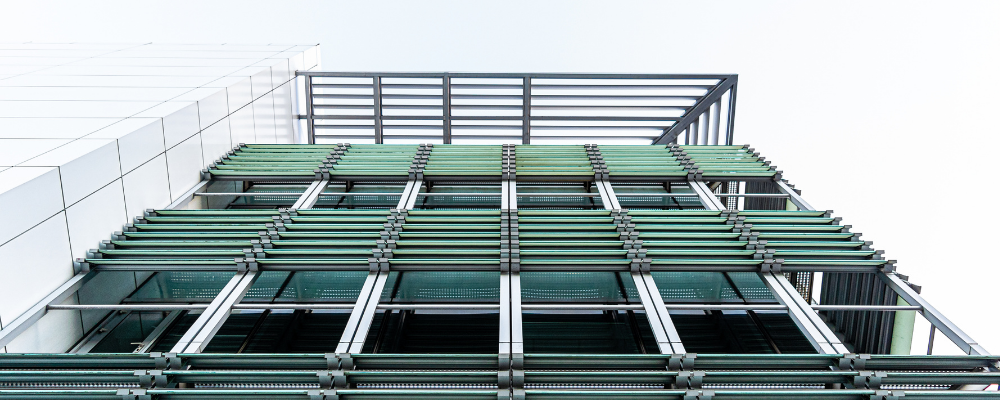
Drop off your CV
We'd love to hear from you. Send us your CV and one of our specialist consultants will be in touch.

In the wake of the Grenfell Tower disaster, the
cladding industry is going through a major shake-up as questions are raised
about the quality of its products and actions taken to prevent such a tragedy
from happening again.
There is a pressing need for industry-wide
change. Vigorous new tests have been carried out on numerous cladding options
on buildings across the UK. 228 residential buildings over 18m investigated
have found to be fitted with cladding which has failed performance tests. It is
thought that 30,000 buildings in the UK are fitted with cladding that is
similar to those which have failed recent tests.
As a result of these findings, a collective
effort is being made to achieve an effective solution to the recent crisis.
The Department for Communities and Local
Government (DCLG) is in the process of constructing a Building Safety
Programme. The idea is that positive change will be sparked as a result of the
findings.
The report calls for clarity to be brought to
existing regulations throughout the industry, ensuring that a plan for
maintaining high standards of construction can be explained in plain English.
The industry is facing increased pressure on
this issue as recent negative press, such as the report from Dubai of a similar
incident regarding exterior cladding, has drawn global attention to the
industry and its safety standards.
Despite the uncertainty that has surrounded the
industry in recent months the demand for cladding is still growing as
increasing infrastructure and construction activities are driving demand and
therefore growth, which is expected to continue at a CAGR of 4.8% from 2017 to
2025. The global cladding market as a whole is also expected to continue to
grow and reach USD 111.1 billion by 2025, all of which is a positive outlook.
Looking at the future in regards to new
government policy, there is an increasing push in these policies to meet
environmentally orientated targets to achieve greater efficiency in all
industries in the UK but also globally.
In the case of the cladding industry, there is
a growing demand for enhanced moisture management and energy efficiency in
project exteriors. It is vitally important that the industry doesn’t allow
mounting pressures of meeting environmental standards to affect the quality and
safety of their products.
This continued demand for cladding has
highlighted an increasing skills gap in the industry. There is an urgent need
for more apprentices to maintain the future development of the industry, while
at senior level the capacity to make quick and effective decisions in a
rapidly-changing market is at a premium. Up to 400,000 people in the sector
could retire in the next 5 years.
Now more than ever it is crucial that cladding
businesses have the best talent in the industry to affect positive change from
within and help to rebuild the sector industry into a future where
circumstances are changing very quickly and need effective strategic responses.
References
http://www.telegraph.co.uk/news/0/cladding-fire-risk-grenfell-tower/
https://www.reuters.com/article/us-dubai-fire/blaze-sweeps-through-dubai-skyscraper-for-second-time-idUSKBN1AJ342
http://rcimag.co.uk/marley-eternit-uncovered/investing-in-the-future-of-construction
http://www.wtva.com/story/36241270/cladding-system-market-industry-trends-and-developments-2017-2022
http://www.prnewswire.com/news-releases/global-1111-billion-cladding-market-analysis-2017-report-with-2014-2017-analysis--forecasts-to-2025-300492245.html
http://www.constructionenquirer.com/2017/08/07/construction-forecasters-downgrade-2018-growth-rates/